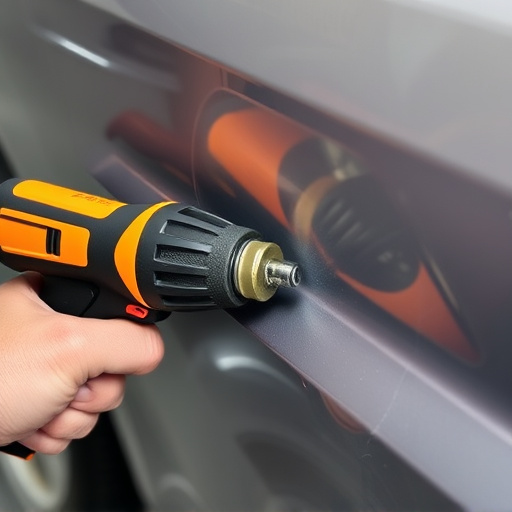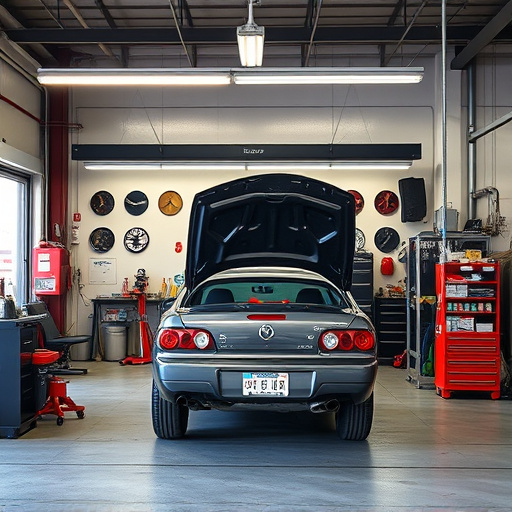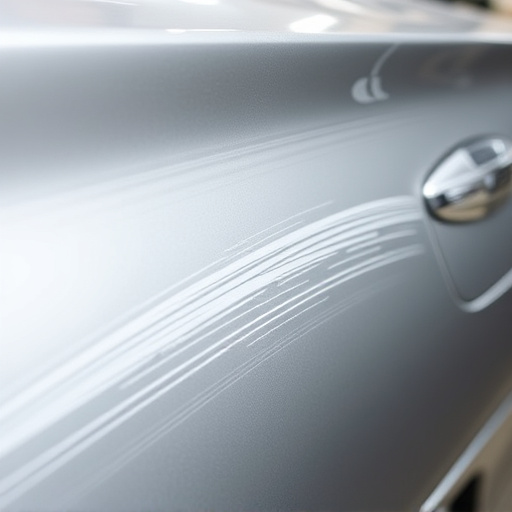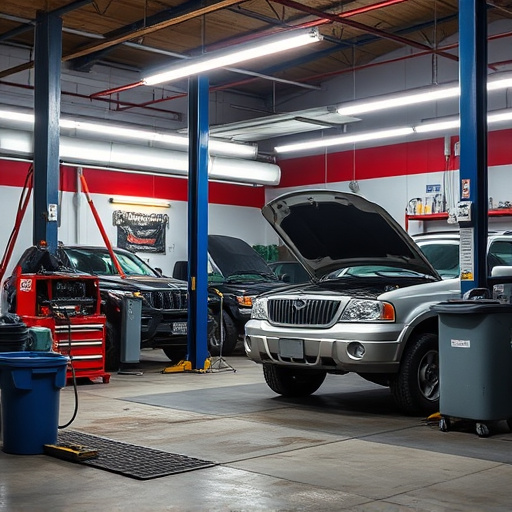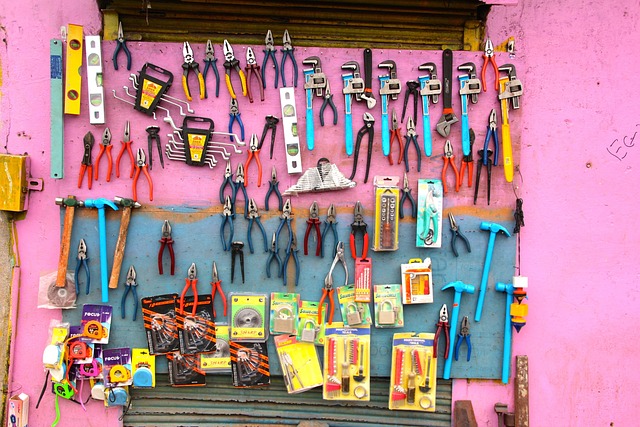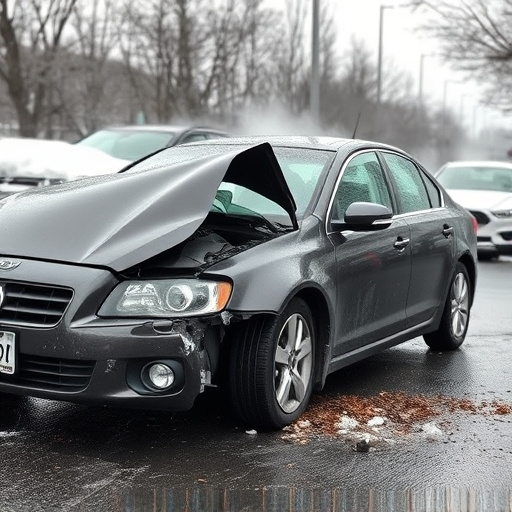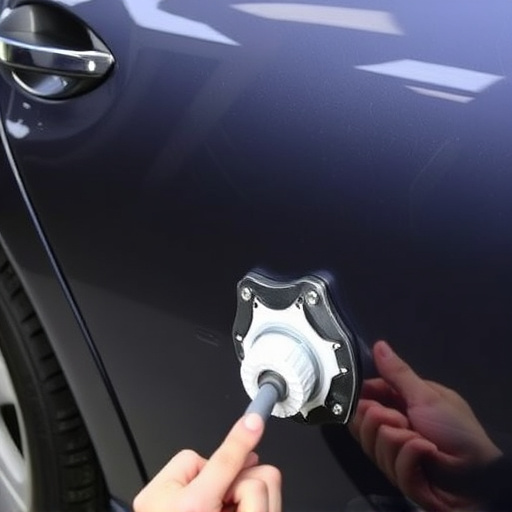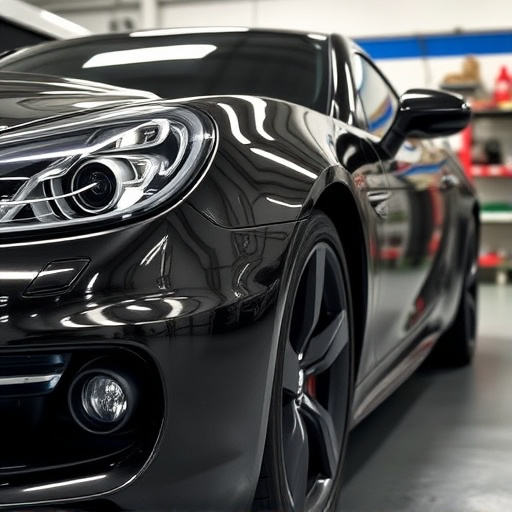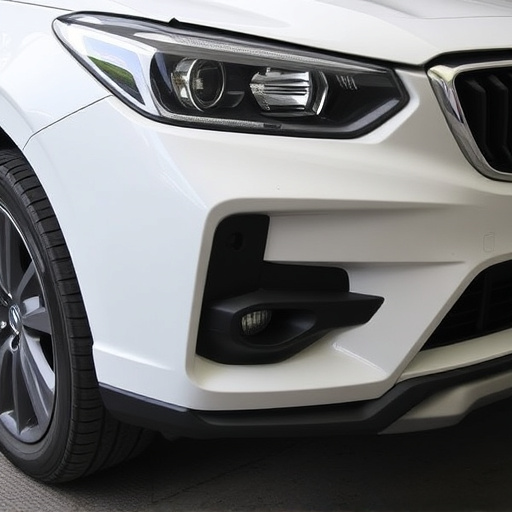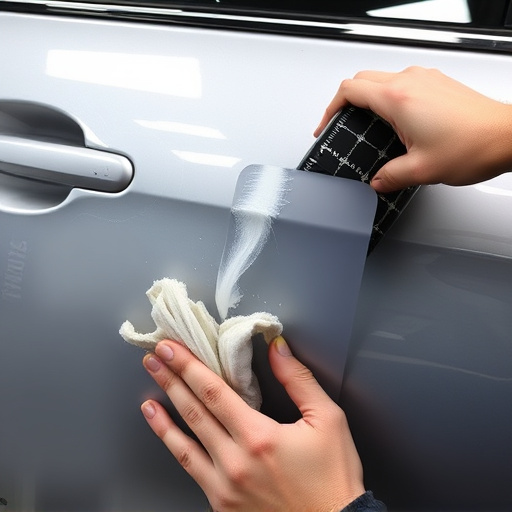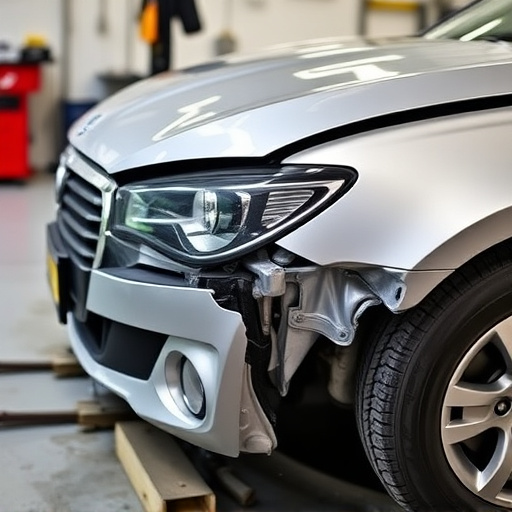Tesla structural aluminum repair is a complex process requiring advanced knowledge and specialized tools due to aluminum's unique properties. Unlike DIY repairs, it demands precision techniques, like laser-cut templates and computer-aided design software, to maintain strength and integrity. Professional body shop services are recommended for safe, effective repairs, ensuring Tesla's lightweight yet robust structure remains intact.
Tesla structural aluminum repair isn’t your average DIY project. The process involves intricate material science and specialized techniques that demand precision and expertise. From understanding the unique properties of aluminum to mastering specific repair methods, it requires more than just a YouTube video. Specialized tools and safety considerations further underscore why enlisting a professional is crucial for achieving a durable and safe outcome for your Tesla.
- Complex Material and Techniques Required
- Specialized Tools and Equipment Needed
- Safety and Precision Demands Professional Expertise
Complex Material and Techniques Required
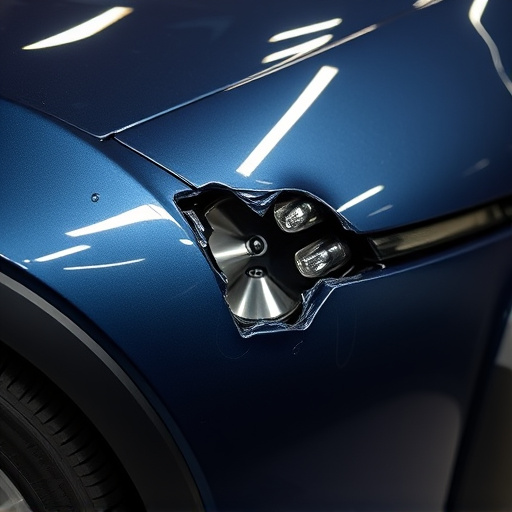
Tesla structural aluminum repair is a specialized task that demands advanced knowledge and precise techniques. Unlike traditional metal repairs, working with aluminum involves dealing with a complex material that has unique properties. It’s not as simple as hammering out dents or welding parts together; it requires a deep understanding of aluminum’s behavior when heated, cooled, and shaped. Professionals use specialized tools and methods to ensure the integrity of the repair, matching the original factory finish seamlessly.
The process often involves intricate steps such as removal of damaged panels, precise measuring and marking, and careful application of heat to soften the metal for reshaping without compromising its structural strength. For instance, paintless dent repair techniques are commonly employed in Tesla aluminum repairs to avoid repainting the entire vehicle. This level of craftsmanship necessitates expert skills, making it a challenging DIY project. Therefore, when dealing with Tesla structural aluminum repair, it’s best to rely on professional body shop services tailored for these advanced and specialized needs.
Specialized Tools and Equipment Needed
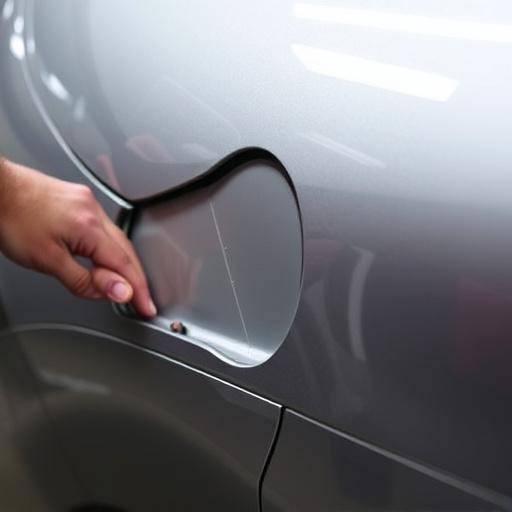
When it comes to Tesla structural aluminum repair, one quickly realizes that this isn’t your average DIY project. While many car enthusiasts embrace do-it-yourself (DIY) solutions for tasks like auto glass replacement or even fixing a fender bender, structural aluminum repair requires specialized knowledge and tools. Forget about using basic hand tools or even standard equipment found in most garages; Tesla structural aluminum repair needs advanced tools designed specifically for precision metalwork.
The complexity lies in the unique alloy composition of Tesla’s aluminum body panels, which require specialized techniques to ensure strength and integrity after repairs. Unlike a simple car dent removal process, structural aluminum repair demands laser-cut templates, computer-aided design software, and precise welding machines to accurately match the original factory finish. These aren’t tools you typically find in your average household or even most professional auto shops outside of specialized metalworking facilities.
Safety and Precision Demands Professional Expertise
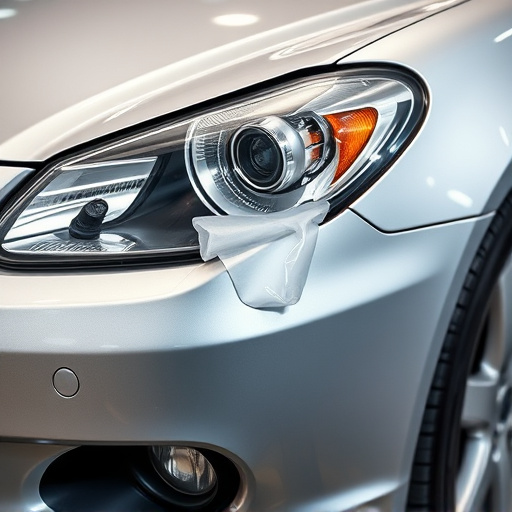
When it comes to Tesla structural aluminum repair, the unique material and intricate design demand precision and safety that are best handled by professionals. Structural aluminum is lightweight yet robust, a key feature in Tesla’s vehicles for improved efficiency and handling. However, this very nature requires specialized tools and knowledge to work with effectively. Attempting a DIY approach on such repairs can lead to structural weaknesses, compromising the vehicle’s integrity.
The precision involved in aluminum repair cannot be overstated. From aligning panels to ensuring proper bonding during the repair process, every step necessitates skill and expertise. Moreover, Tesla vehicles often incorporate advanced safety systems that require careful handling during any repair work. Professionals, trained in both auto glass replacement and collision repair services (including fleet repair services for commercial fleets), have the tools and experience to navigate these complexities safely and effectively.
While the idea of repairing one’s own Tesla structural aluminum may seem appealing, it’s important to recognize that this process involves complex materials, specialized tools, and intricate techniques that demand professional expertise. The safety and precision required for such repairs far outweigh the benefits of attempting a DIY approach. For optimal results and to ensure the structural integrity of your Tesla, entrusting these repairs to certified professionals is the wisest course of action when dealing with Tesla structural aluminum repair.

